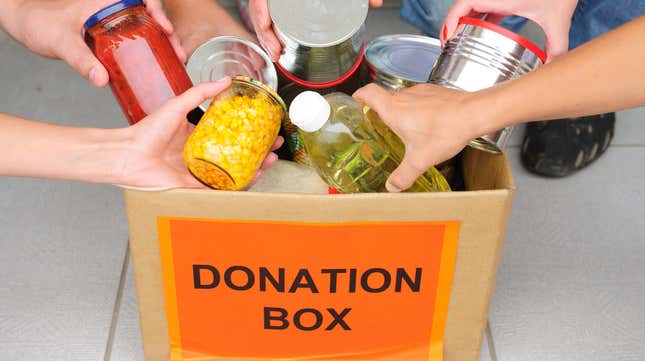
这查尔斯顿公报西弗吉尼亚州去看到该州中部农村地区一个小镇加萨维(Gassaway)的登山者食品银行(Gassaway),以找出为什么在更孤立和偏远地区的食品储藏室进行了研究。记者Amelia Ferrell Knisely发现了一个仓库,“堆满了食物托盘”。但是,没有一个人到达最需要它的人 - 无论是因为他们生活在没有当地杂货店或失业的地区,因为他们没有办法运输它。
登山者食品库要求将所有30分钟以上的易腐烂物品运输在冷藏卡车或货车中。其中一个的费用最多可以耗资50,000美元,再加上保险。(这公报story didn’t mention if there were any available to rent and if so, how much that would cost.) The food bank will deliver, but one food pantry representative reported that the delivery fee was 25% of the order (or $500 for $2,000 of food). The average monthly budget for a food pantry in West Virginia is less than $1,300 according to the Food Justice Lab at West Virginia University; many have nothing at all, and the state budget hasn’t allocated any funds to help them (though there is pending legislation to establish a state-run grant program to help pantries pay for transportation).
一些食品储藏室只需存放志愿者在自己的车辆中运输的非腐烂物品而解决问题。(该州只有四分之一的食品储藏室支付了员工。)其中许多志愿者是老年人。开车到加萨维并返回也花费了金钱。
这是一个可悲的悖论,已经捐赠了很多食物,但是没有办法将其传给需要它的人。西弗吉尼亚大学食品政策研究主任约翰·洛恩斯(John Lohnes)说:“对于食物银行来说,这是一个有趣的困境,这些食品银行有多余的食物,但没有足够的劳动力来分发食物。”“这是系统中的瓶颈。”